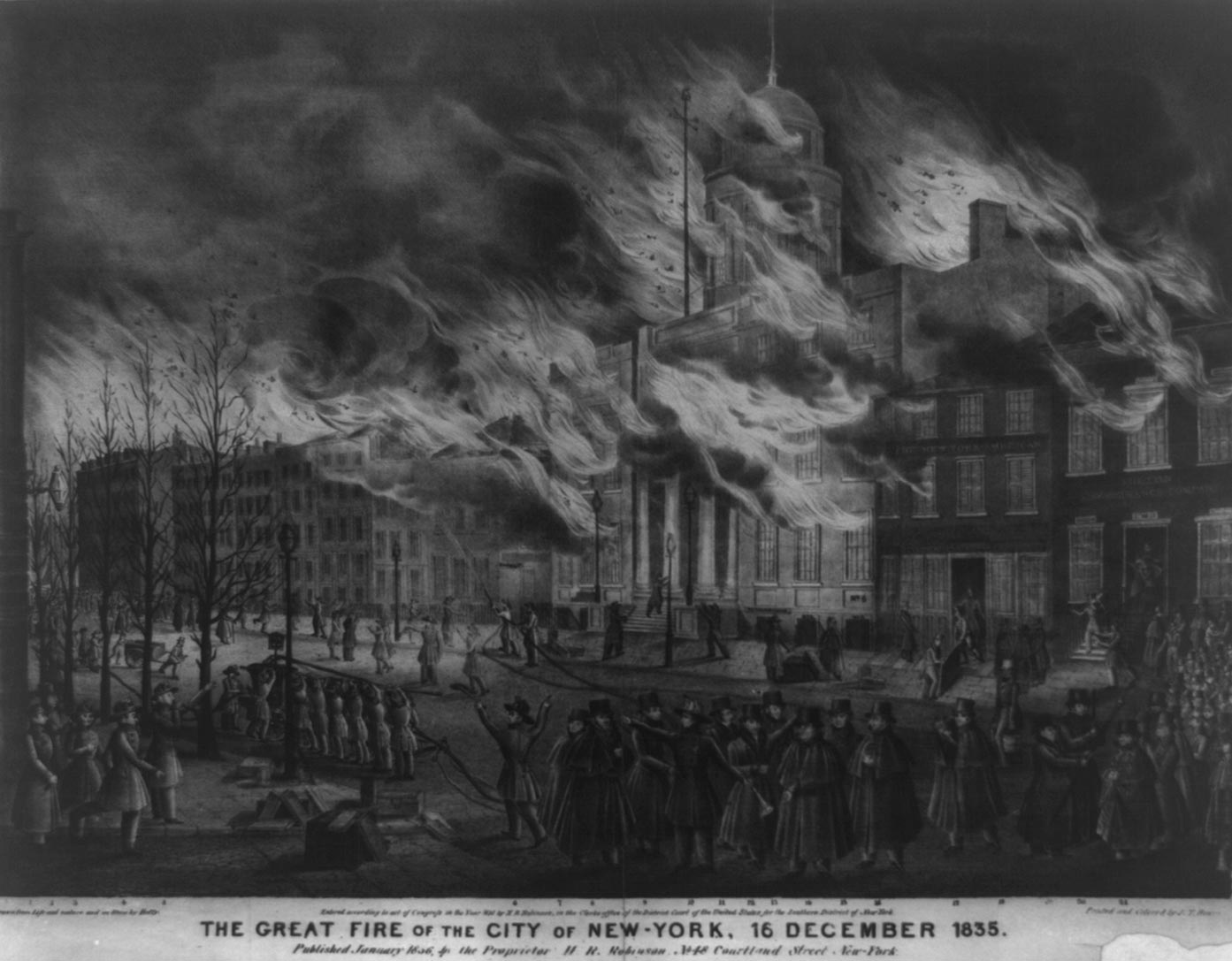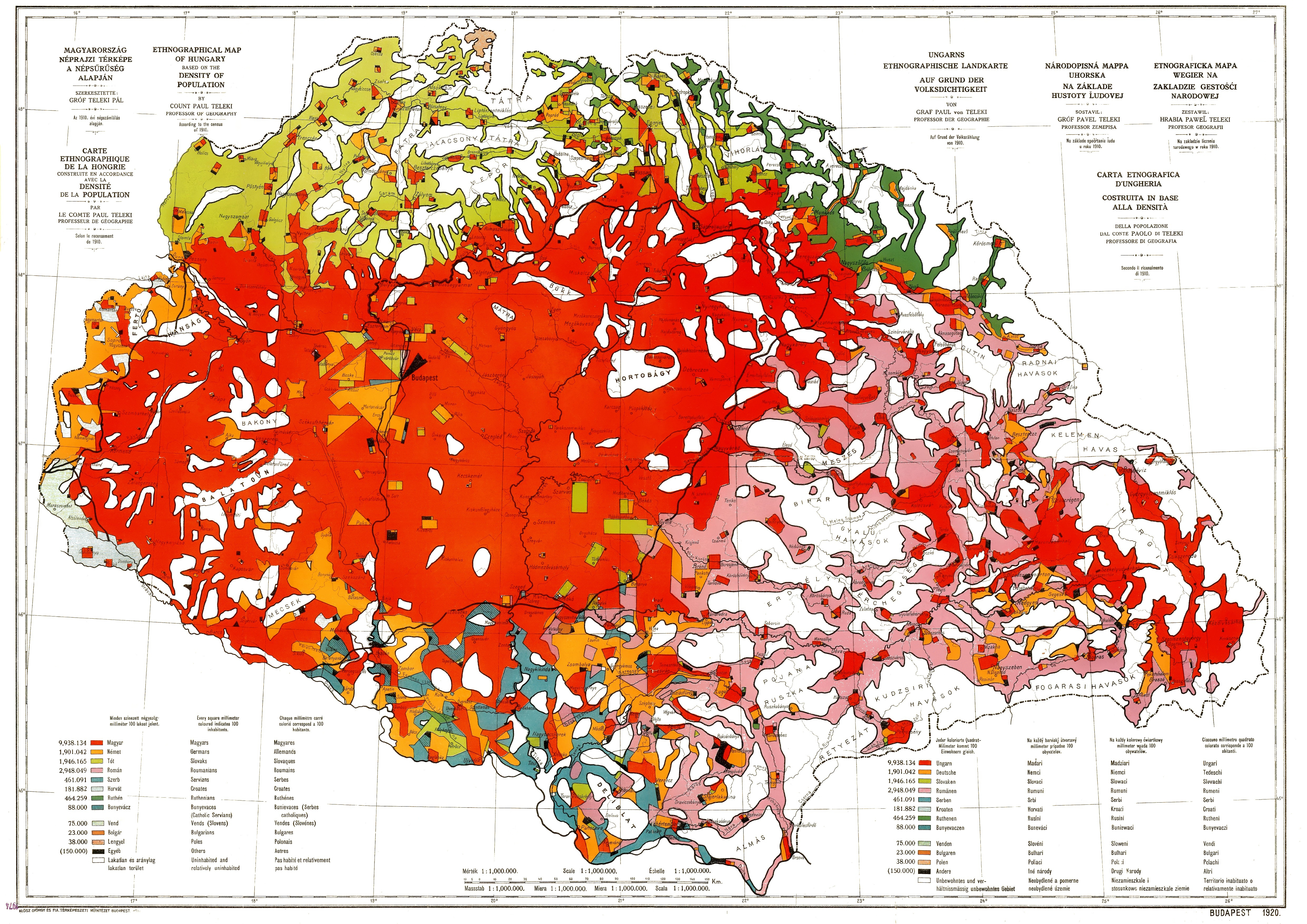|
István Ballér
István Ballér or Balliér ( August 28, 1760 – April 2, 1835) was an ethnic Slovenians, Slovene Lutheranism, Lutheran priest, dean of Zala County (former), Zala and Somogy County (former), Somogy, and writer. He lived and worked in the Kingdom of Hungary. Born in the Slovene March (Kingdom of Hungary), Slovene March (Prekmurje) in the village of Lončarovci (then officially Gerőháza), he received his schooling in Őrség and Nemescsó and higher education in Sopron. He was a cantor and then teacher among the Slovenes in Somogy, Somogy Slovenes in Kissomlyó, relocated to Porrogszentkirály in 1784, and was then dean of the county from 1805 onward. Ballér strongly opposed the official replacement of Prekmurje Slovene by Hungarian in the 1830s. He wrote several hymns in the Prekmurje dialect of Slovene. Literature * Vili Kerčmar: ''Evangeličanska cerkev na Slovenskem,'' Murska Sobota 1995. * Franc Šebjanič: ''Protestantsko gibanje panonskih Slovencev'', Pomurska založba ... [...More Info...] [...Related Items...] OR: [Wikipedia] [Google] [Baidu] |
Slovenians
The Slovenes, also known as Slovenians ( ), are a South Slavs, South Slavic ethnic group native to Slovenia and adjacent regions in Italy, Austria and Hungary. Slovenes share a common ancestry, Slovenian culture, culture, and History of Slovenia, history, and speak Slovene language, Slovene as their native language. Although Slovenes are linguistically classified as South Slavs, genetic studies indicate they share closer genetic affinities with West Slavic and Central European populations than with other South Slavs such as Bulgarians and Macedonians. Outside of Slovenia and Europe, Slovenes form diaspora groups in the United States, Canada, Argentina and Brazil. Population Population in Slovenia Most Slovenes today live within the borders of the independent Slovenia (2,100,000 inhabitants, 83% Slovenes est. July 2020). In the Slovenian national census of 2002, 1,631,363 people ethnically declared themselves as Slovenes, while 1,723,434 people claimed Slovene as their nat ... [...More Info...] [...Related Items...] OR: [Wikipedia] [Google] [Baidu] |
Prekmurje Slovene
Prekmurje Slovene, also known as the Prekmurje dialect, Eastern Slovene, or Wendish (, , Prekmurje Slovene: ''prekmürski jezik, prekmürščina, prekmörščina, prekmörski jezik, panonska slovenščina''), is the language of Prekmurje in Eastern Slovenia, and a variety of the Slovene language. As a part of the Pannonian dialect group, it is spoken in the Prekmurje region of Slovenia and by the Hungarian Slovenes in the Vas County in western Hungary. It is used in private communication, liturgy and publications by authors from Prekmurje as well as in television, radio and newspapers. It is closely related to other Slovene dialects in the neighboring Styria (Slovenia), Slovene Styria as well as to Kajkavian with which it is mutually intelligible to a considerable degree, and forms a dialect continuum with other South Slavic languages. Prekmurje Slovene is part of the Pannonian dialect group (Slovene: ), which is also known as the eastern Slovene dialect group (). Prekmurje Sloven ... [...More Info...] [...Related Items...] OR: [Wikipedia] [Google] [Baidu] |
18th-century Hungarian Writers
The 18th century lasted from 1 January 1701 (represented by the Roman numerals MDCCI) to 31 December 1800 (MDCCC). During the 18th century, elements of Enlightenment thinking culminated in the Atlantic Revolutions. Revolutions began to challenge the legitimacy of monarchical and aristocratic power structures. The Industrial Revolution began mid-century, leading to radical changes in human society and the environment. The European colonization of the Americas and other parts of the world intensified and associated mass migrations of people grew in size as part of the Age of Sail. During the century, slave trading expanded across the shores of the Atlantic Ocean, while declining in Russia and China. Western historians have occasionally defined the 18th century otherwise for the purposes of their work. For example, the "short" 18th century may be defined as 1715–1789, denoting the period of time between the death of Louis XIV of France and the start of the French Revolut ... [...More Info...] [...Related Items...] OR: [Wikipedia] [Google] [Baidu] |
18th-century Hungarian Male Writers
The 18th century lasted from 1 January 1701 (represented by the Roman numerals MDCCI) to 31 December 1800 (MDCCC). During the 18th century, elements of Enlightenment thinking culminated in the Atlantic Revolutions. Revolutions began to challenge the legitimacy of monarchical and aristocratic power structures. The Industrial Revolution began mid-century, leading to radical changes in human society and the environment. The European colonization of the Americas and other parts of the world intensified and associated mass migrations of people grew in size as part of the Age of Sail. During the century, slave trading expanded across the shores of the Atlantic Ocean, while declining in Russia and China. Western historians have occasionally defined the 18th century otherwise for the purposes of their work. For example, the "short" 18th century may be defined as 1715–1789, denoting the period of time between the death of Louis XIV of France and the start of the French Revolution, ... [...More Info...] [...Related Items...] OR: [Wikipedia] [Google] [Baidu] |
1835 Deaths
Events January–March * January 7 – anchors off the Chonos Archipelago on her second voyage, with Charles Darwin on board as naturalist. * January 8 – The United States public debt contracts to zero, for the only time in history. * January 24 – Malê Revolt: African slaves of Yoruba Muslim origin revolt against Brazilian owners at Salvador, Bahia. * January 26 ** Queen Maria II of Portugal marries Auguste de Beauharnais, 2nd Duke of Leuchtenberg, in Lisbon; he dies only two months later. ** Saint Paul's in Macau is largely destroyed by fire after a typhoon hits. * January 30 – The first assassination attempt against a President of the United States is carried out against U.S. President Andrew Jackson at the United States Capitol * February 1 – Slavery is abolished in Mauritius. * February 20 – 1835 Concepción earthquake: Concepción, Chile, is destroyed by an earthquake. The resulting tsunami destroys the neighboring city of Talcahuano. * March 2 – ... [...More Info...] [...Related Items...] OR: [Wikipedia] [Google] [Baidu] |
1760 Births
Events January–March * January 9 – Battle of Barari Ghat: Afghan forces defeat the Marathas. * January 22 – Seven Years' War – Battle of Wandiwash, India: British general Sir Eyre Coote is victorious over the French under the Marquis de Bussy-Castelnau. * January 28 – Benning Wentworth creates the New Hampshire Grant of Pownal, Vermont. * February 15 – The British Royal Navy ship HMS ''Royal Katherine'' runs aground off Bolt Head in England, with the loss of 699 lives. * February 21– 26 – Seven Years' War: Battle of Carrickfergus in the north of Ireland – A force of French troops, under the command of privateer François Thurot, captures and holds the town and castle of Carrickfergus before retiring; the force is defeated (and Thurot killed) in a naval action in the Irish Sea, on February 28. * February 27 – Seven Years' War: French and Indian War & Anglo-Cherokee War – Cherokee natives attack a ... [...More Info...] [...Related Items...] OR: [Wikipedia] [Google] [Baidu] |
Slovenian Writers
Slovene or Slovenian may refer to: * Something of, from, or related to Slovenia, a country in Central Europe * Slovene language, a South Slavic language mainly spoken in Slovenia * Slovenes, an ethno-linguistic group mainly living in Slovenia * Slavic peoples, an Indo-European ethno-linguistic group * Ilmen Slavs The Novgorod Slavs, Ilmen Slavs (, ''Il'menskiye slovene''), or Slovenes (not to be confused with the South Slavic Slovenes) were the northernmost tribe of the Early Slavs, and inhabited the shores of Lake Ilmen, and the river basins of the ..., the northernmost tribe of the Early East Slavs {{Disambiguation Language and nationality disambiguation pages ... [...More Info...] [...Related Items...] OR: [Wikipedia] [Google] [Baidu] |
Magyarization
Magyarization ( , also Hungarianization; ), after "Magyar"—the Hungarian autonym—was an assimilation or acculturation process by which non-Hungarian nationals living in the Kingdom of Hungary, then part of the Austro-Hungarian Empire, adopted the Hungarian national identity and language in the period between the Compromise of 1867 and Austria-Hungary's dissolution in 1918. Magyarization occurred both voluntarily and as a result of social pressure, and was mandated in certain respects by specific government policies. Before World War I, only three European countries declared ethnic minority rights, and enacted minority-protecting laws: the first was Hungary (1849 and 1868), the second was Austria (1867), and the third was Belgium (1898). In contrast, the legal systems of other pre-WW1 era European countries did not allow the use of European minority languages in primary schools, in cultural institutions, in offices of public administration and at the legal courts. Magyar ... [...More Info...] [...Related Items...] OR: [Wikipedia] [Google] [Baidu] |
List Of Slovene Writers And Poets In Hungary
This is a list of Slovene writers and poets in Hungary. A * Imre Augustich B * József Bagáry * Mária Bajzek Lukács * Mihály Bakos * István Ballér * Irén Barbér * Mihály Barla * Iván Bassa * József Bassa * Balázs Berke * Ferenc Berke * Mihály Bertalanits * József Borovnják C * György Czipott * Rudolf Czipott D * Alajos Drávecz * József Dravecz F * Ádám Farkas * Iván Fliszár * János Fliszár G * Mihály Gáber * Alajos Gáspár * Mátyás Godina H * Károly Holecz * András Horváth * Ferenc Hüll K * János Kardos * József Klekl (politician) * József Klekl (writer) * Bertalan Koczuván * Péter Kollár * Mihály Kolossa * József Konkolics * József Kossics * György Kousz * László Kovács * Miklós Kovács * István Kováts * István Kozel * Károly Krajczár * Mátyás Krajczár * István Kühár (I) * István Küzmics * Miklós Küzmics L * Miklós Legén * Gergely Luthár * Mihály Luttár * Mikl ... [...More Info...] [...Related Items...] OR: [Wikipedia] [Google] [Baidu] |
Murska Sobota
Murska Sobota (, Slovenian abbreviation: ''MS'' ; ;''Radkersburg und Luttenberg'' (map, 1:75,000). 1894. Vienna: K.u.k. Militärgeographisches Institut. ) is a town in northeastern Slovenia. It is the centre of the City Municipality of Murska Sobota, Municipality of Murska Sobota near the Mur River, Mura River in the region of Prekmurje and is the regional capital. Name Officially, the town is known as Murska Sobota, although informally it is usually simply referred to as ''Sobota'' by its inhabitants and ''Murska'' by people from other parts of Slovenia. The settlement was first attested in written documents in 1297 as ''Belmura'' (and as ''Murazombatha'' in 1348 and ''Murazumbota'' in 1366). The traditional German language, German name of the town is ''Olsnitz'', which is derived from the old Slovene name ''Olšnica''. The modern Slovene name is a translation of the Hungarian language, Hungarian name ''Muraszombat,'' which was the official name of the town until 1919. In Hungar ... [...More Info...] [...Related Items...] OR: [Wikipedia] [Google] [Baidu] |




